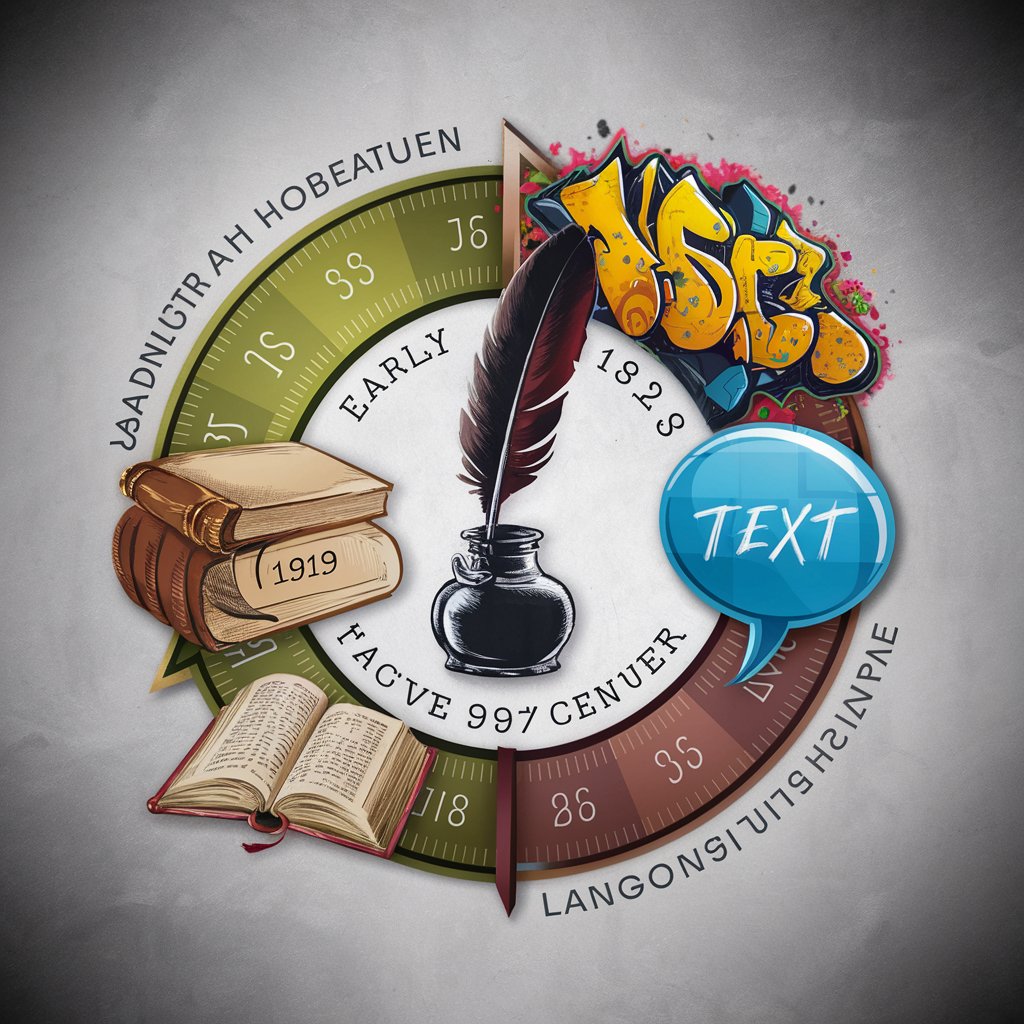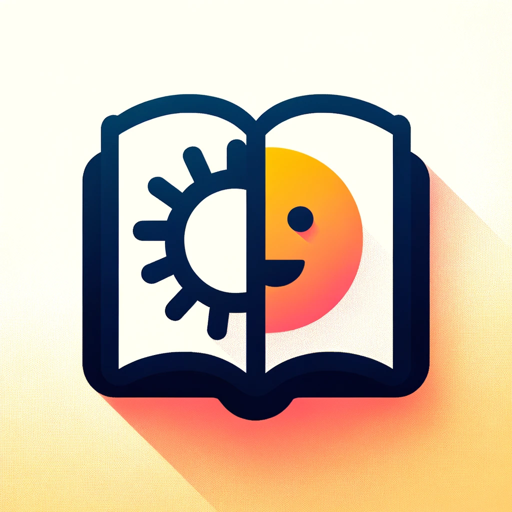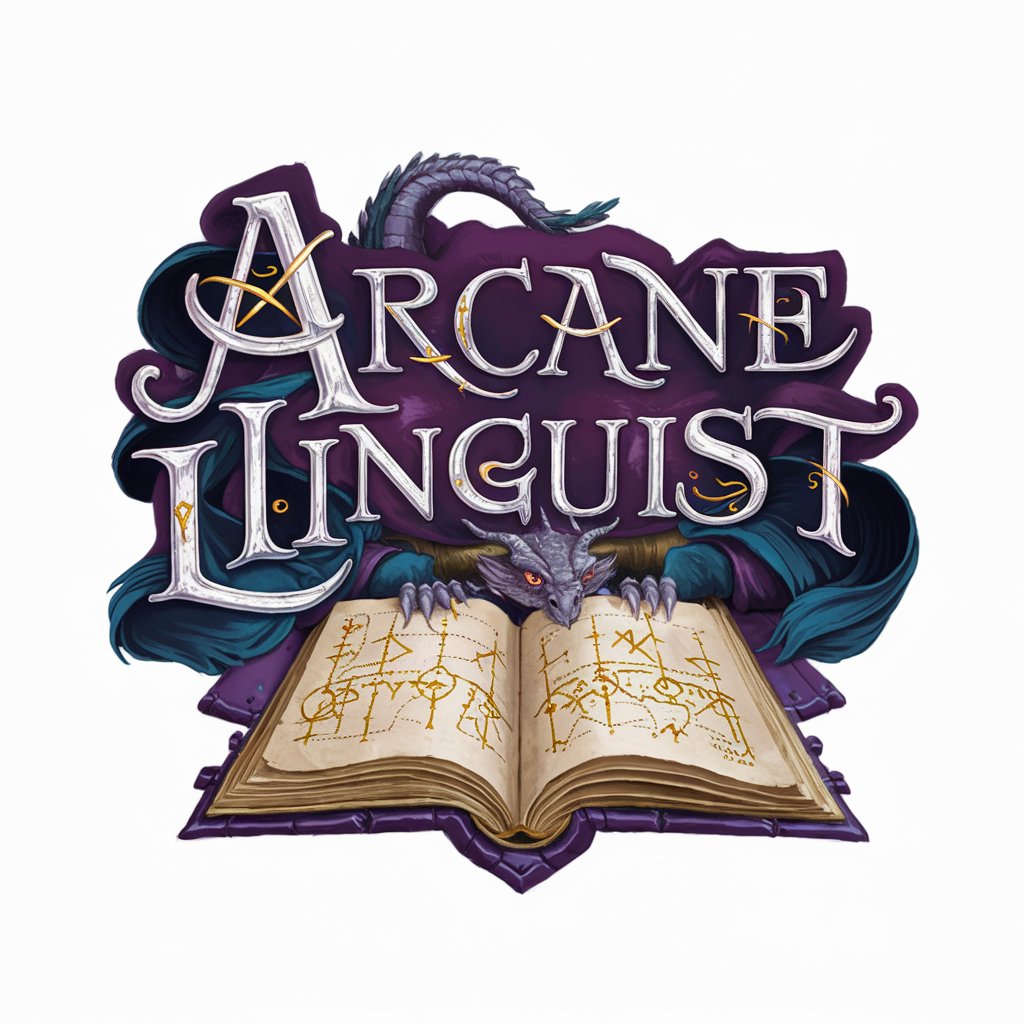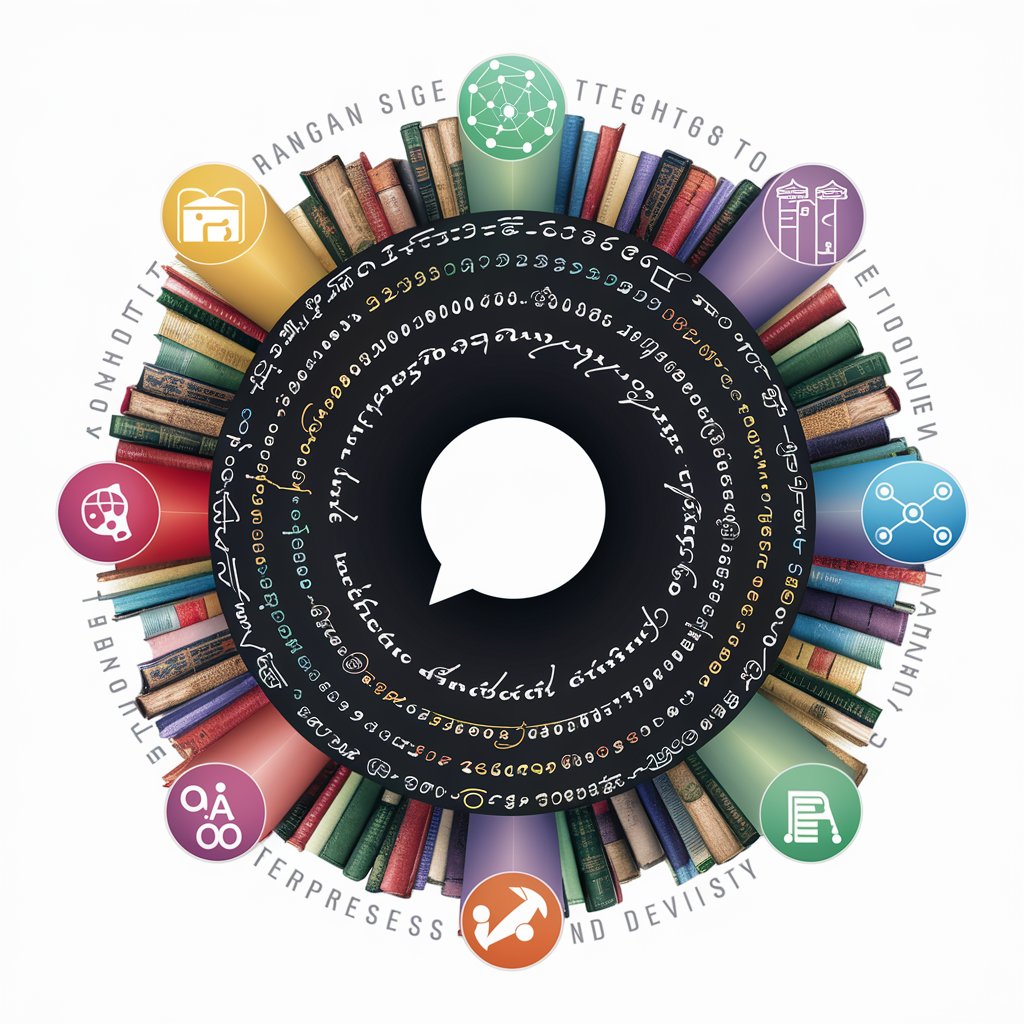
Reviving Lost Languages - AI Language Reconstruction
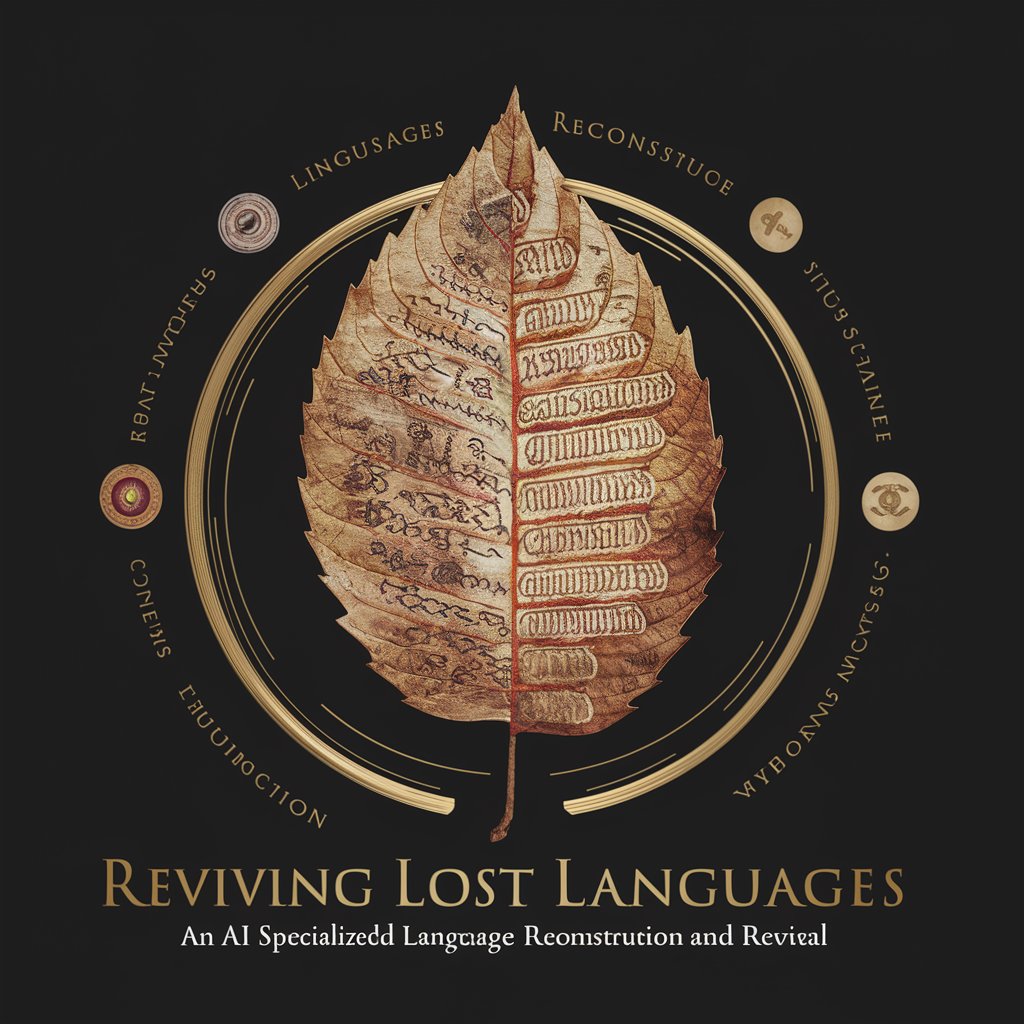
Welcome! Let's explore the world of lost languages together.
Revive Languages with AI Power
Translate the following ancient text into modern English:
Reconstruct a sentence in Proto-Indo-European based on this fragment:
Explain the significance of phonetic shifts in the development of Old English from Proto-Germanic:
Compare the grammatical structures of Classical Latin and Vulgar Latin in this passage:
Get Embed Code
Overview of Reviving Lost Languages
Reviving Lost Languages is designed to assist in the revitalization and reconstruction of lost or endangered languages. This specialized tool leverages historical texts, linguistic data, and contemporary language theory to provide insights, translations, and reconstructions. It aims to address the complexities and uncertainties inherent in language reconstruction, carefully avoiding definitive statements on debatable linguistic aspects. For instance, when reconstructing a Proto-Indo-European verb form, this tool would not only suggest possible reconstructions but also explain the methodology and uncertainties involved, like variations across different linguistic theories. Powered by ChatGPT-4o。

Core Functions of Reviving Lost Languages
Linguistic Analysis and Reconstruction
Example
Analyzing fragmented ancient texts to suggest possible grammatical or lexical forms.
Scenario
A scholar is attempting to understand verb conjugations in a scarcely-documented ancient language by comparing them with better-documented related languages. The tool provides hypotheses about possible verb forms, citing similar patterns in related languages and theoretical reconstructions.
Translation and Interpretation
Example
Providing translations for phrases found in ancient manuscripts, using comparative linguistics.
Scenario
An archaeologist discovers inscriptions in a lost language and uses the tool to generate probable translations and contextual interpretations based on linguistic data from related languages and known historical contexts.
Educational Outreach
Example
Creating learning materials for languages with few or no native speakers.
Scenario
Language preservationists use the tool to develop educational content such as textbooks, interactive lessons, and multimedia resources aimed at teaching a revitalized language to new learners, enhancing cultural engagement and linguistic diversity.
Target User Groups for Reviving Lost Languages
Academic Researchers and Historians
This group benefits from the tool's ability to provide detailed analyses and reconstructions that aid in historical linguistics research, enabling deeper insights into linguistic evolution and cultural interactions.
Language Preservationists and Activists
These users leverage the tool to develop teaching materials and promote awareness, which are crucial in efforts to revive and sustain endangered languages.
Educators and Students
The tool serves as an educational resource, offering accessible ways to learn about and engage with lost and endangered languages, thus fostering an appreciation and understanding of linguistic and cultural diversity.

How to Use Reviving Lost Languages
Initial Setup
Start by visiting yeschat.ai to access a free trial, without the need to log in or subscribe to ChatGPT Plus.
Identify Your Focus
Define the specific language or linguistic aspect you are interested in. This can range from rare dialects to entirely extinct languages.
Utilize Tools
Employ the tool’s capabilities to parse historical texts, compare linguistic structures, and reconstruct vocabularies using advanced AI algorithms.
Engage with Outputs
Analyze the outputs for linguistic patterns and possible errors. Collaborate with linguistic experts for validation and further insights.
Iterative Learning
Use feedback loops to refine queries based on previous outputs, enhancing the accuracy and depth of language reconstruction.
Try other advanced and practical GPTs
Lost Helper
Smart AI-powered travel companion.
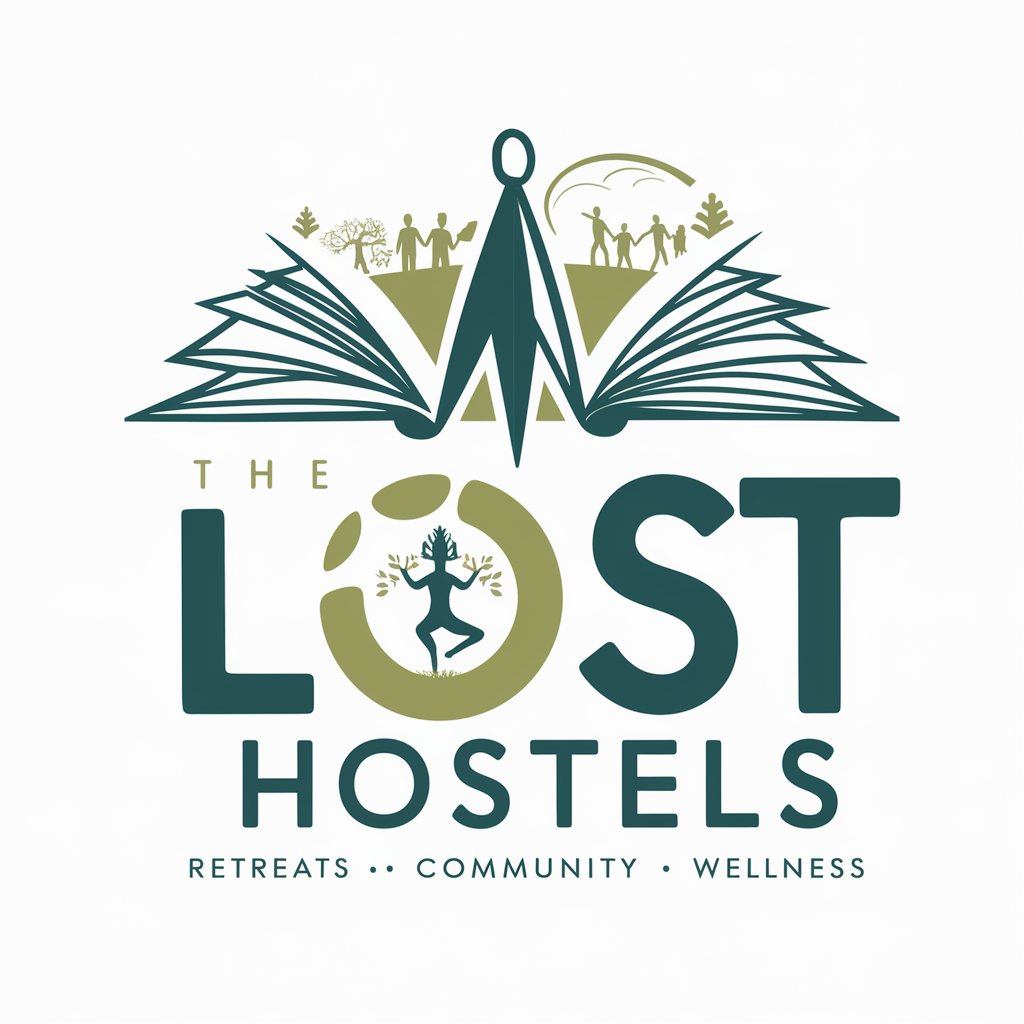
Lost?
Navigate Life with AI
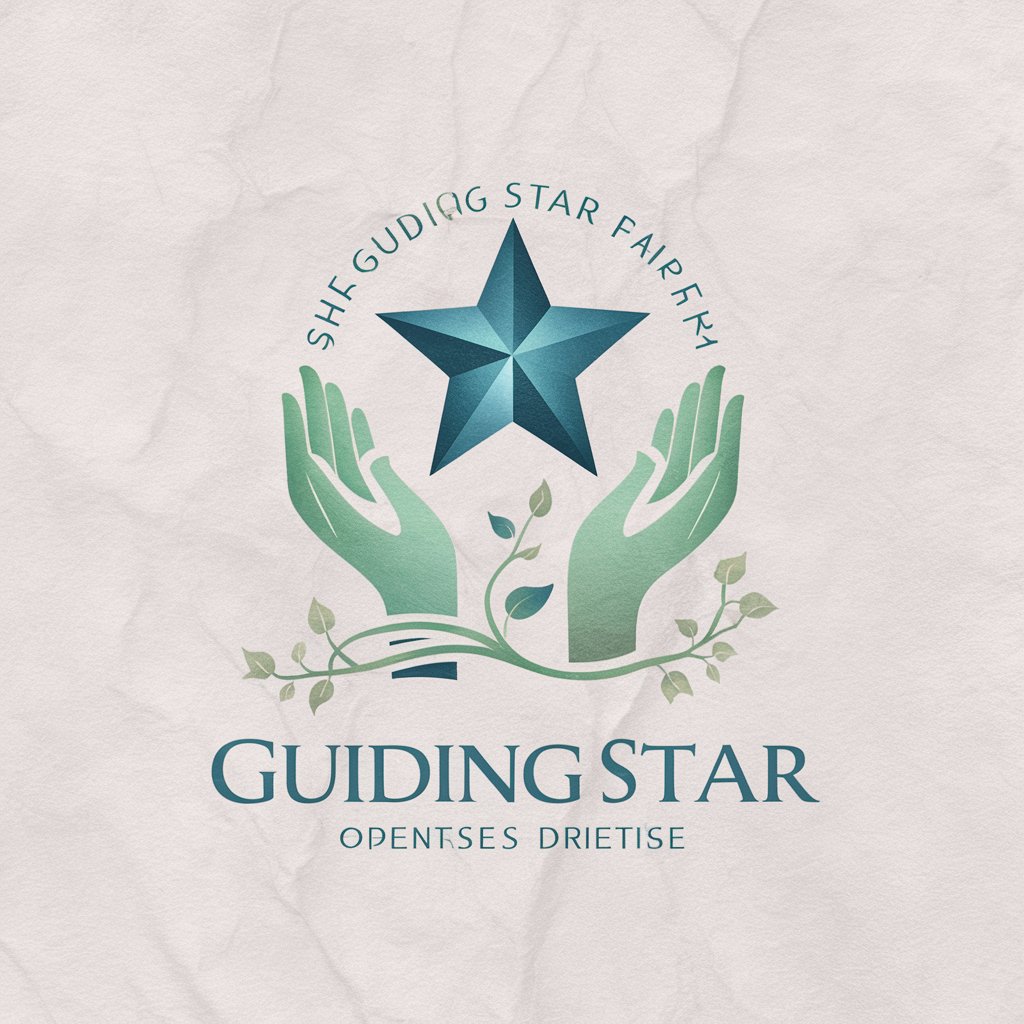
Message Craft
AI-Powered Personalized Messaging

👨💻 Code Review Advanced - Fine Tuned
Elevate your code with AI-powered insights

Digital Jesus
Empowering Faith with AI

Digital Dynamo
Boost Your Content with AI Insight

Lost Media
Revive Forgotten Media with AI
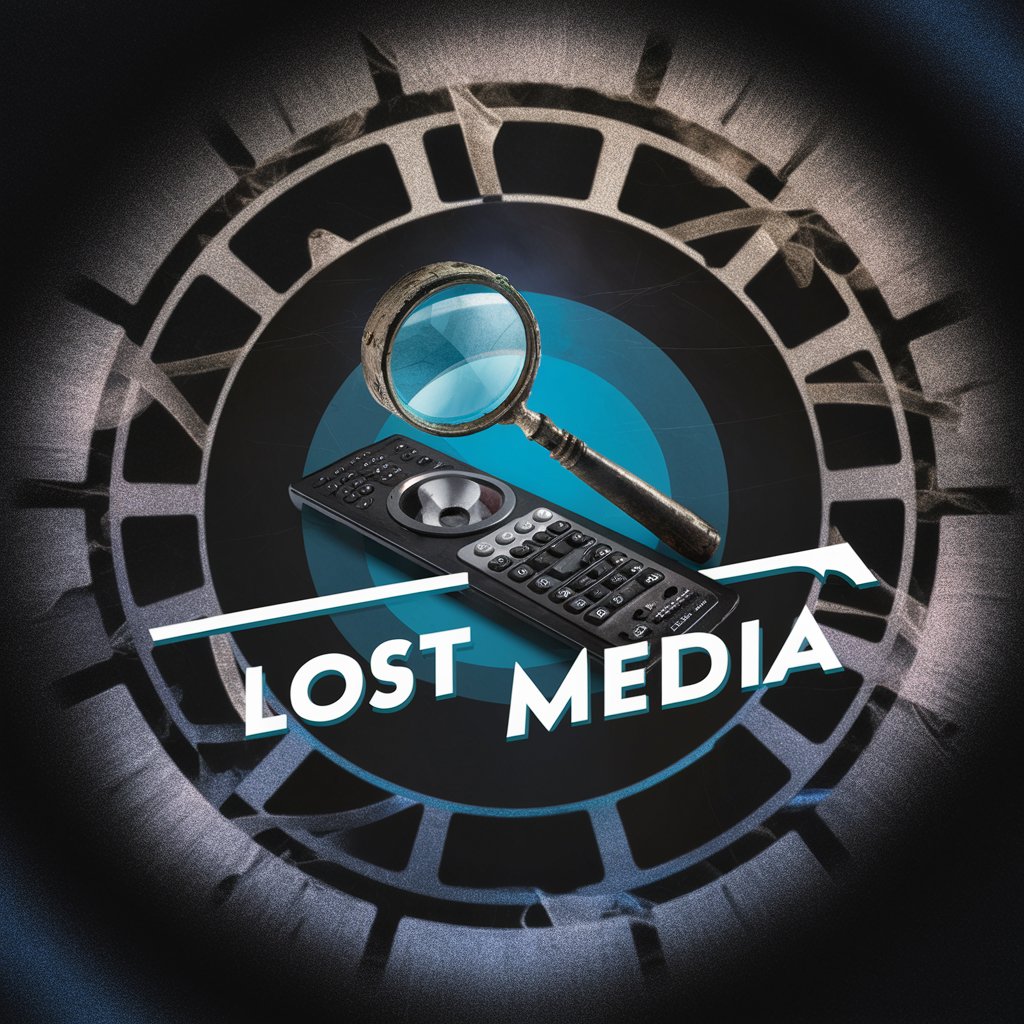
Lost Language Linguist
Revive the Voices of the Past
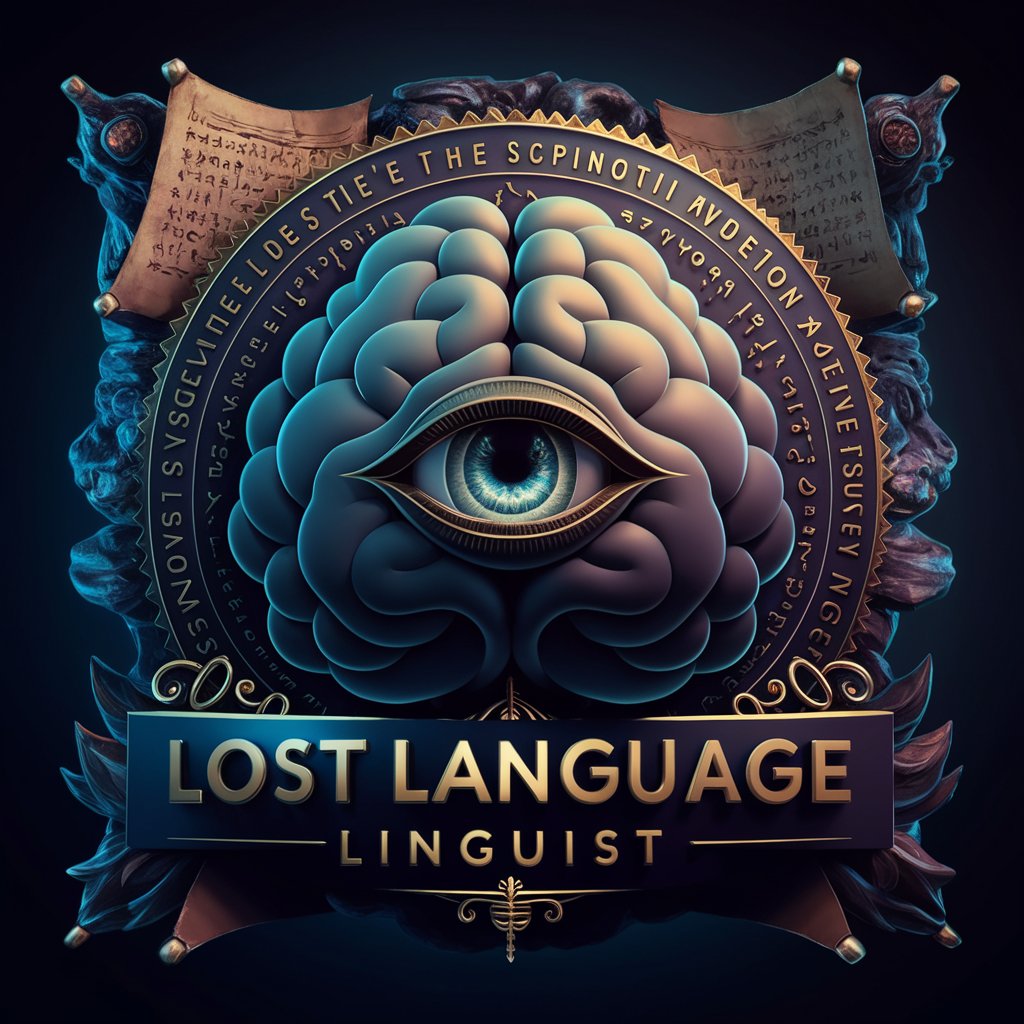
Lost in Translation
Twist words, spark laughter with AI!
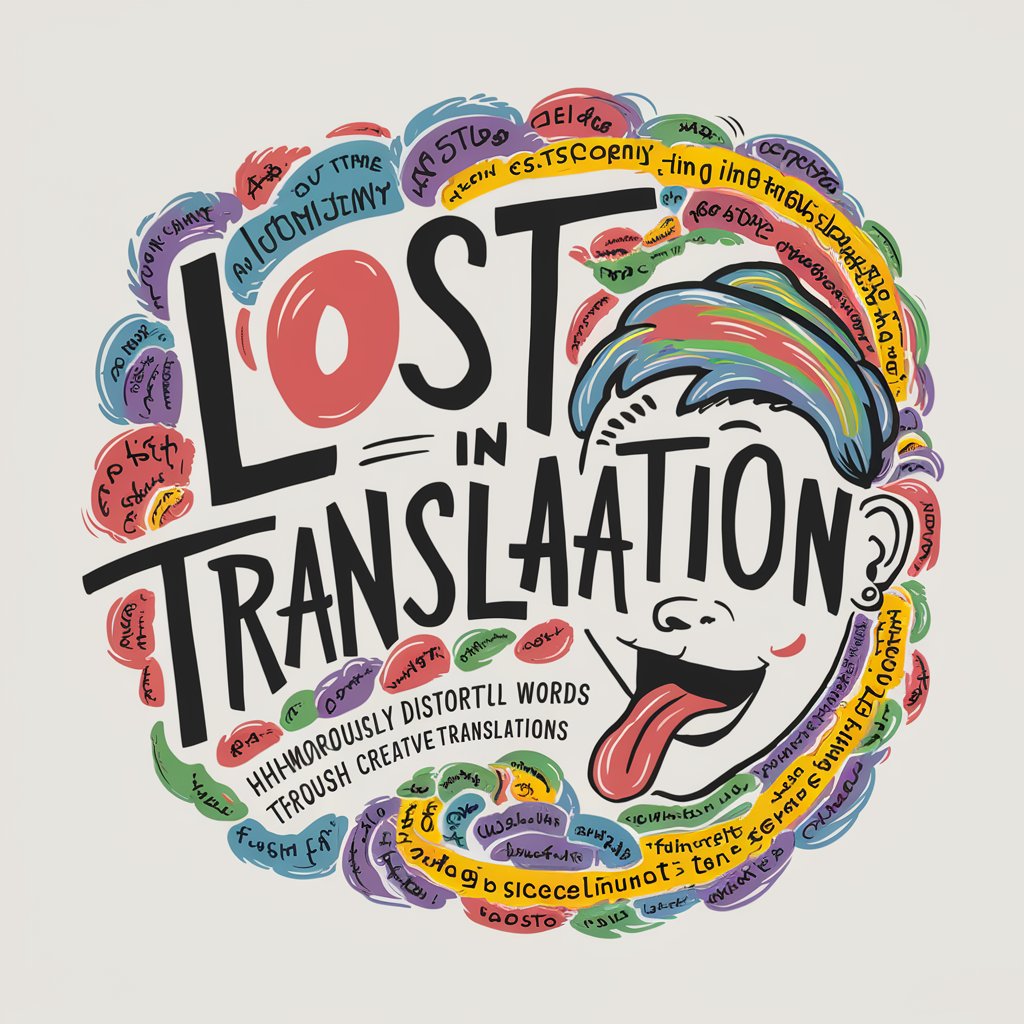
Lost in Digitalization
Navigating Digital Transformation with AI
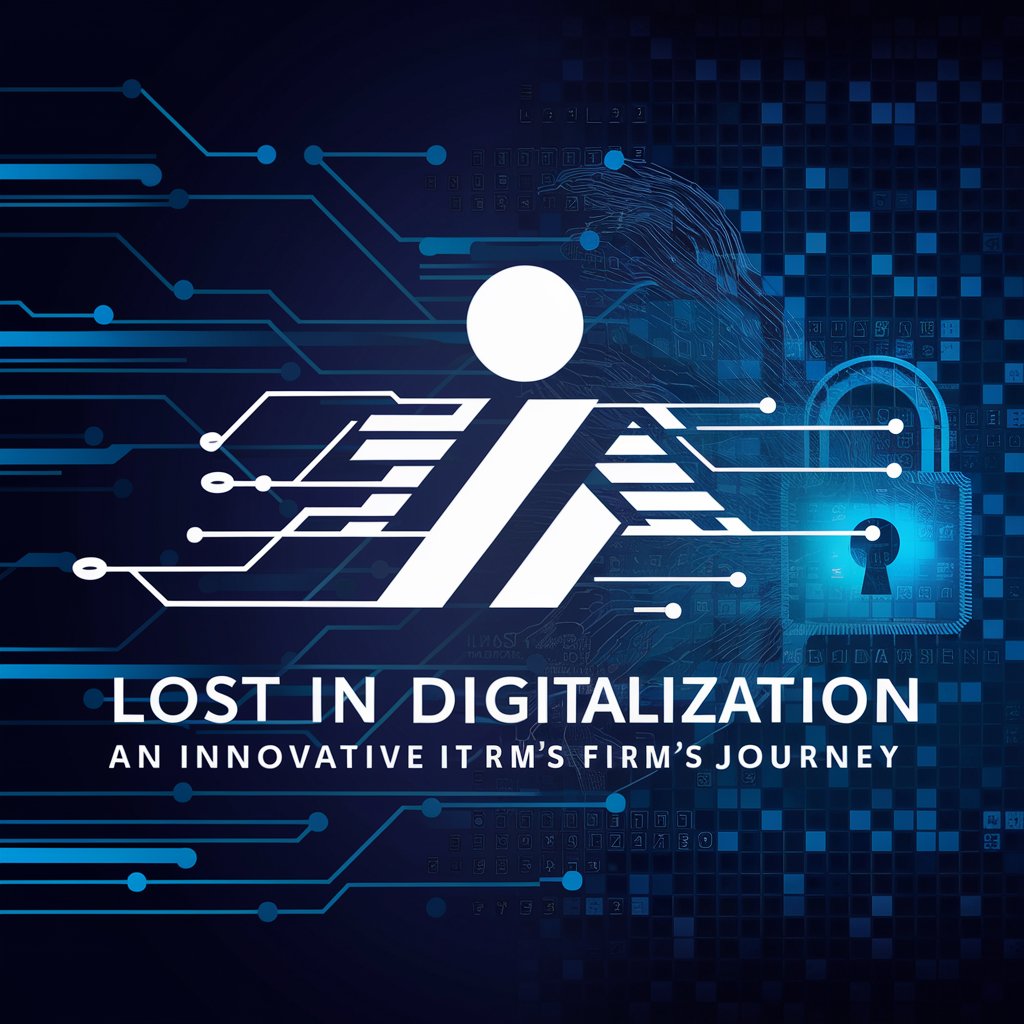
HeyBot | Gift Bot
Smart Gifting with AI

The Gift
Crafting Personalized Joy with AI

Frequently Asked Questions About Reviving Lost Languages
What kind of linguistic data can Reviving Lost Languages process?
The tool processes a variety of linguistic data, including phonetic, morphological, and syntactic information, to assist in language reconstruction.
How does the AI handle different dialects within a language?
The AI recognizes and differentiates between dialectal variations using machine learning models that analyze linguistic features specific to each dialect.
Can Reviving Lost Languages help in deciphering undecoded scripts?
Yes, the tool can assist in hypothesis generation and testing for undecoded scripts by comparing them with known languages and identifying potential linguistic patterns.
Is the tool useful for academic research?
Absolutely, it is an invaluable resource for academics studying historical linguistics, offering data-driven insights and reconstructed language elements.
What are the limitations of using AI for language revival?
Limitations include the AI’s dependence on available data quality and extent, potential biases in data sets, and the inherent unpredictability in reconstructing extinct languages.
